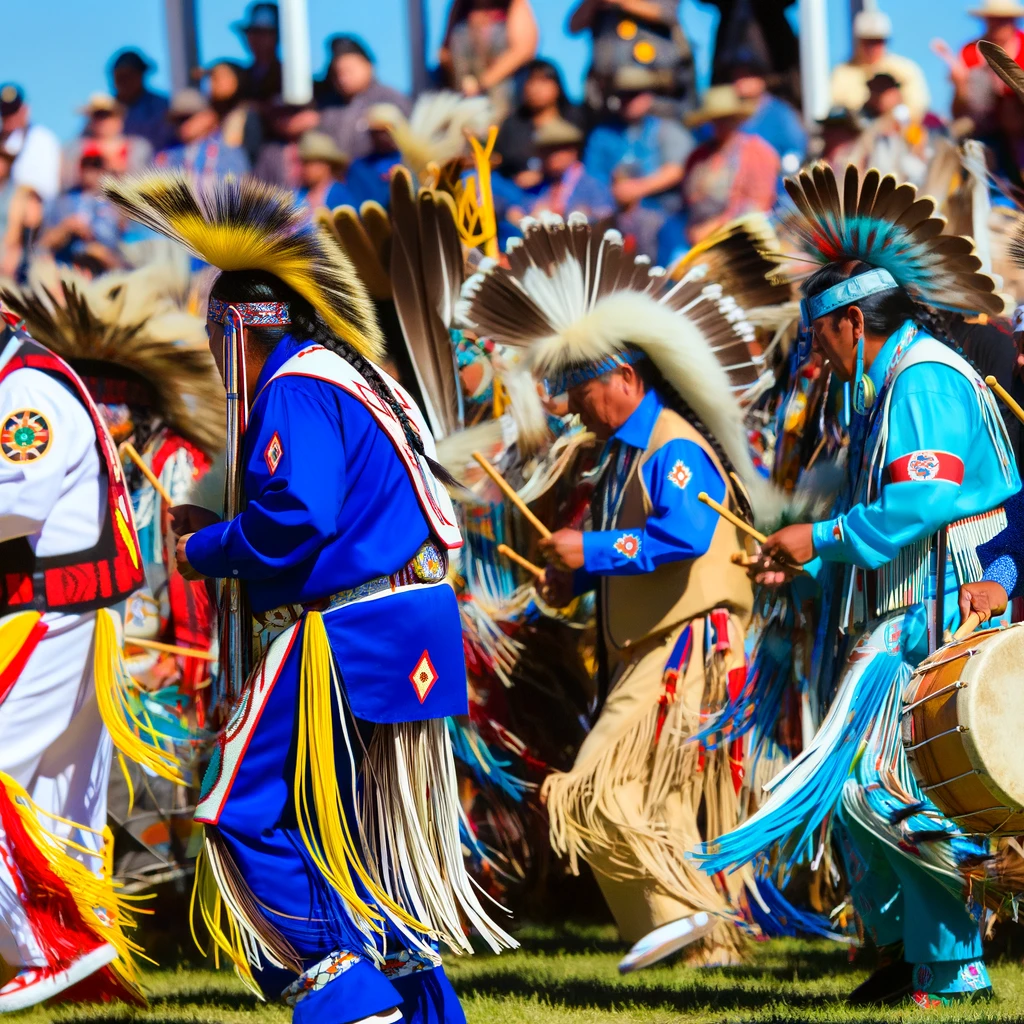
Introduction to Native American Music
Native American music represents an integral aspect of the cultural identity and spiritual life of indigenous peoples across North America. With roots that trace back thousands of years, this music encompasses a rich tapestry of sounds, instruments, and traditions that reflect the diversity and history of Native American tribes.
The Historical Context
The history of Native American music is as varied as the tribes themselves. Each tribe has developed its own musical traditions, influenced by geographical location, spiritual beliefs, and cultural practices. Traditionally, music has played a crucial role in ceremonies, storytelling, and community gatherings.
Pre-Columbian Native American music primarily involved vocalizations and percussion instruments, with flutes and whistles becoming prominent with the introduction of European influences. Despite the impact of colonization, which sought to suppress indigenous cultures, Native American music has persisted and evolved, contributing to its resilience and richness.
Traditional Instruments and Their Significance
Native American music is characterized by a variety of unique instruments, each with its own cultural significance. Drums, considered the heartbeat of the Earth, are central to many musical traditions. They come in various sizes and shapes, used in both ceremonial and social contexts.
Flutes are another iconic instrument, often crafted from wood or bone, and used to emulate the sounds of nature. The haunting melodies produced by these flutes are integral to storytelling and personal expression.
Music as a Cultural Expression
Music in Native American culture is not merely an artistic expression; it is a vital communication tool that conveys stories, traditions, and values. Songs are often passed down through generations, preserving the history and identity of tribes.
Many songs are linked to specific ceremonies, such as powwows, healing rituals, and seasonal celebrations. These events are not only about music but also about community bonding and cultural preservation.
The Role of Dance
Dance is inextricably linked to Native American music, with each movement telling a story or symbolizing an aspect of nature or spirituality. Powwow dances, for instance, are vibrant displays of cultural pride, featuring intricate regalia and rhythmic choreography.
Influence on Contemporary Music
In recent years, the influence of Native American music has extended beyond its traditional roots, impacting various contemporary music genres. Artists such as Robbie Robertson and Buffy Sainte-Marie have brought indigenous sounds to mainstream audiences, blending traditional elements with modern styles.
Furthermore, the rise of world music has seen a growing appreciation for indigenous sounds, leading to collaborations between Native American musicians and artists from diverse backgrounds.
Preservation and Revitalization Efforts
Despite the challenges faced by Native American communities, efforts to preserve and revitalize traditional music are ongoing. Organizations and educational programs are dedicated to recording and teaching traditional songs and instruments to younger generations.
Modern technology has also played a role in these efforts, with digital platforms allowing for wider dissemination and appreciation of Native American music globally.
Conclusion
The rich tapestry of Native American music is a testament to the resilience and creativity of indigenous cultures. By understanding and appreciating this music, we can gain a deeper insight into the cultural heritage and identity of Native American peoples. As the world continues to evolve, the preservation and celebration of these musical traditions remain crucial to honoring the past and inspiring future generations.
Related Articles





